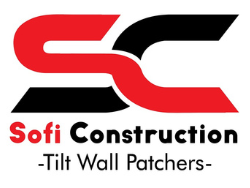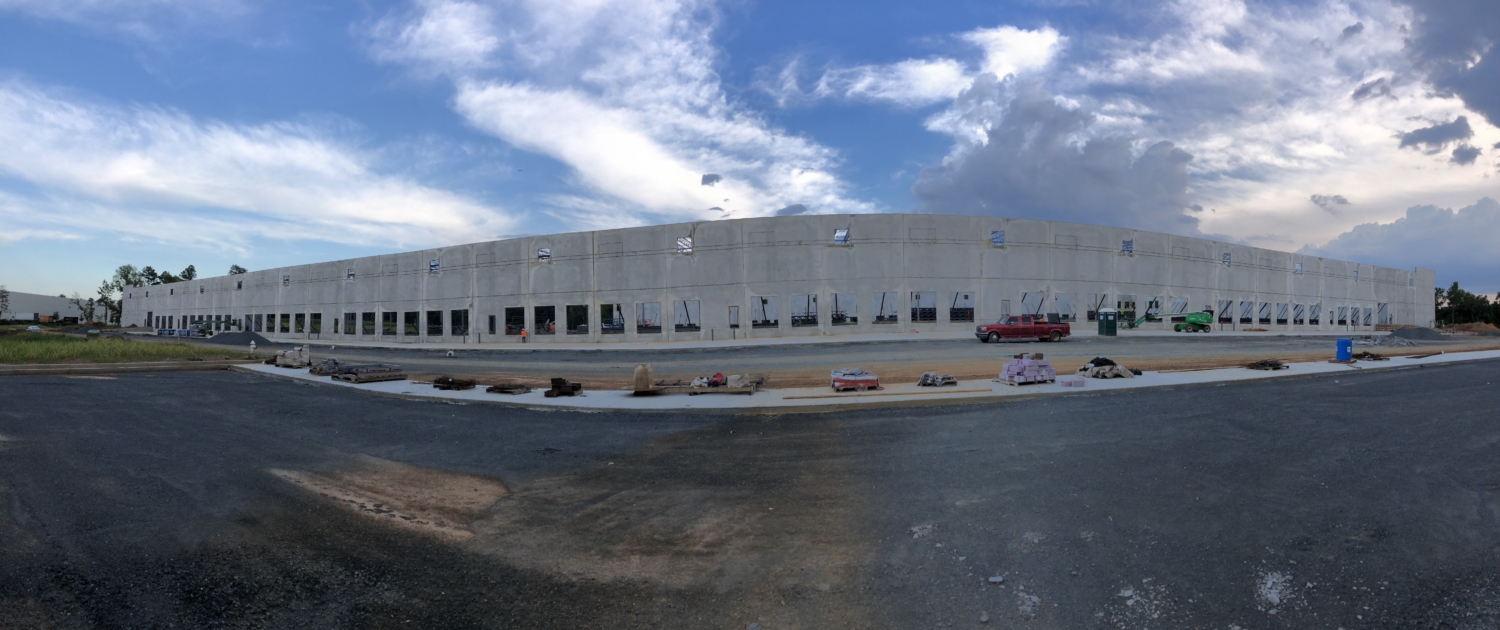Tilt Up Construction
Tilt-up construction is a building construction technique where large concrete panels are cast horizontally on the ground and then lifted into a vertical position to form the walls of a building. This method is commonly used for the construction of warehouses, distribution centers, office buildings, and other industrial or commercial structures.
The basic process of tilt-up construction involves the following steps:
- Site Preparation: The construction site is prepared, and the building’s footprint is marked on the ground.
- Forming Panels: Concrete panels, which will become the walls of the building, are cast on-site or in a nearby casting yard. The panels are typically formed with the desired architectural features, such as windows and doors.
- Embedding Inserts: During the casting process, inserts such as lifting anchors and connection points are embedded into the panels. These inserts are used to lift and connect the panels.
- Curing: The panels are allowed to cure and gain sufficient strength while lying horizontally on the ground.
- Lifting: Once the panels have cured, a crane is used to lift them into a vertical position. The lifting is often facilitated by the embedded inserts.
- Placement and Connection: The lifted panels are carefully placed in their designated positions and connected to the building’s foundation and to each other.
- Finishing: Any necessary finishing touches, such as joint sealing, painting, or other surface treatments, are applied to the erected panels.

Tilt-up construction offers several advantages, including speed of construction, cost-effectiveness, and the ability to create visually appealing architectural designs. It is a popular method for projects where a large number of similar panels are needed, and it’s especially well-suited for buildings with repetitive designs, such as warehouses and industrial facilities.

